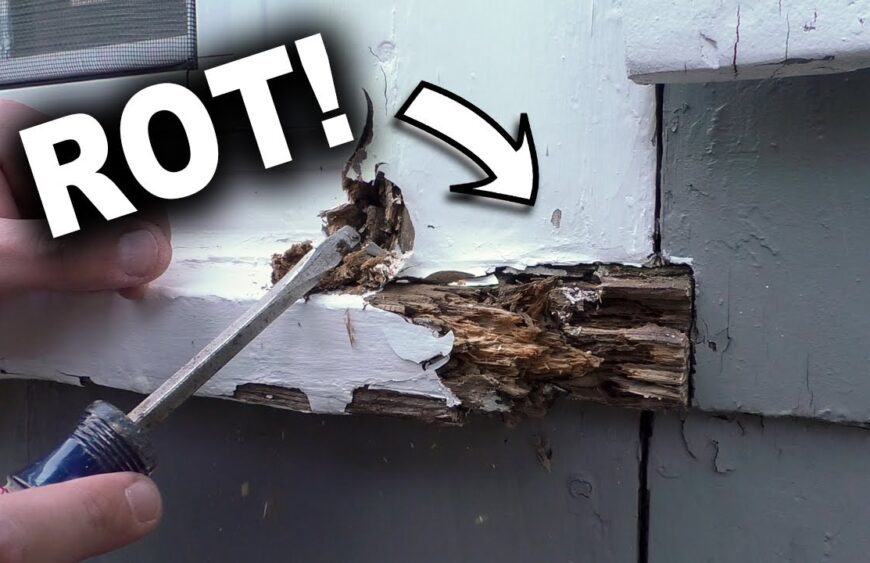Damp or water-damaged window frames can be a major source of frustration for homeowners. Water damage can cause rot, mold, and other problems that can be difficult and expensive to repair. In this article, we’ll discuss what causes damp or water-damaged window frames, how to identify them, and the steps you can take to repair them.
What Causes Damp or Water-Damaged Window Frames?
Damp or water-damaged window frames can be caused by a variety of factors. Poorly installed windows, improper flashing, inadequate drainage, and inadequate maintenance can all contribute to water damage. In addition, windows that are exposed to extreme weather conditions, such as strong winds, heavy rains, or high humidity, can be more susceptible to water damage.
How to Identify Damp or Water-Damaged Window Frames
The most common signs of water damage to window frames include:
- Discoloration or staining
- Peeling paint or wallpaper
- Rotting wood or warping
- Mold or mildew
- Cracking or bubbling of the paint
- Musty odors
Steps to Repair Damp or Water-Damaged Window Frames
If you’ve identified water damage to your window frames, there are a few steps you can take to repair them. The following are the most common steps:
Step 1: Remove the Damaged Wood
If the wood is rotting, you’ll need to remove it before you can begin the repair process. Use a hammer and chisel to remove the damaged wood, and be sure to wear protective gear while doing so.
Step 2: Replace the Damaged Wood
Once the damaged wood has been removed, you’ll need to replace it with new wood. Use a saw to cut the new wood to the same size as the original, and use nails or screws to secure it in place.
Step 3: Seal the Window Frame
Once the new wood is in place, you’ll need to seal the window frame to protect it from future water damage. You can use a variety of sealants, such as silicone caulk or latex paint, to seal the frame. Be sure to follow the instructions on the sealant’s packaging.
Step 4: Re-paint the Window Frame
Once the sealant has dried, you can re-paint the window frame. Use a high-quality paint to ensure that the window frame is properly protected from water damage.
Conclusion
Damp or water-damaged window frames can be a major source of frustration for homeowners. Fortunately, with the right tools and materials, you can repair the damage yourself. Be sure to follow the steps outlined in this article, and you’ll be well on your way to having a water-tight window frame.









